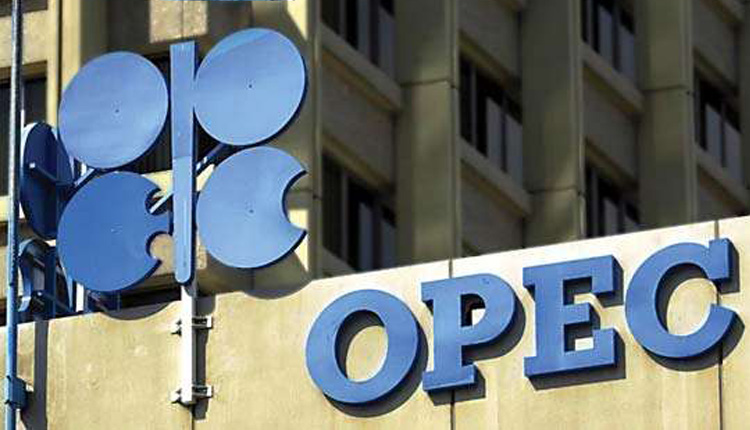OPEC forecast Monday that U.S. drillers will account for most of the growth in oil production this year but warned that the global economic growth picture is clouded by uncertainty, in part due to American trade policy and sanctions, according to CNBC.
The 14-member oil producer group raised its forecast for global oil demand in 2018 slightly, pointing to strong growth in developed and emerging economies in the first quarter. It now expects the world to consume 98.85 million barrels a day, up 1.65 million barrels a day from last year.
OPEC anticipates drillers outside its group will pump 59.62 million barrels a day this year, or 1.72 million barrels a day more than last year. U.S. drillers will account for about 89 percent of that growth, with Canada, Brazil, the U.K. and Kazakhstan also pumping more, according to OPEC.
U.S. drillers are producing a record 10.7 million barrels a day, according to preliminary weekly data from the Energy Information Administration. The United States is quickly approaching top producer Russia, which pumps about 11 million barrels daily.
OPEC’s own production was up slightly in April by about 12,000 barrels a day to 31.93 million bpd, according to independent sources that the group cites in its monthly report. An increase in output from Saudi Arabia was offset by a decline from Venezuela, where production fell by nearly 42,000 bpd as the country’s economic crisis lingers on.
The group, along with Russia and several other producers, has been limiting its output since January 2017 in order to drain a glut of oil that caused a historic price crash. They have been trying to drive down oil stockpiles in developed countries to the five-year average.
Those stockpiles stood at just 9 million barrels above that level in March, according to OPEC. However, OPEC added a caveat in its latest monthly report, saying inventories are still 258 million barrels above levels in January 2014, the year oil prices crashed.
OPEC will discuss whether the production caps should be adjusted at a meeting next month. The deal to keep 1.8 million barrels a day off the market is set to last through the end of the year.
OPEC said recent data in developed countries could point to a weakening global growth trend. It noted that purchase managers indexes in major economies for April were mostly weak. While growth was expected to taper off somewhat, the data from Europe in particular was softer than anticipated.
“Major emerging economies’ growth dynamics have thus far counterbalanced this soft spot, and global growth may recover in the remainder of the year due to US fiscal stimulus and a rebound in OECD growth,” it said, referring to a group of developed nations. “However, after a period of a considerable growth, uncertainties seem to be on the rise.”
U.S. trade policy and sanctions are fueling that uncertainty at a time when there are concerns that rising interest rates, especially in the United States, could crimp economic growth, OPEC said.
It pointed specifically to new sanctions on Russia, tariffs on Chinese goods and steel and aluminum imports, continued trade negotiations with China and NAFTA and President Donald Trump’s decision to withdraw from the Iran nuclear deal last week.
“So far the impact on the global economy has been minor and negligible, but the build-up of potentially disruptive concerns has increased,” OPEC said.
The group did not address the U.S. exit from the nuclear deal at length in its latest report. The decision means the United States is restoring wide-ranging sanctions on Iran, OPEC’s third-largest producer and will potentially slap penalties on foreign companies that buy Iranian oil.


